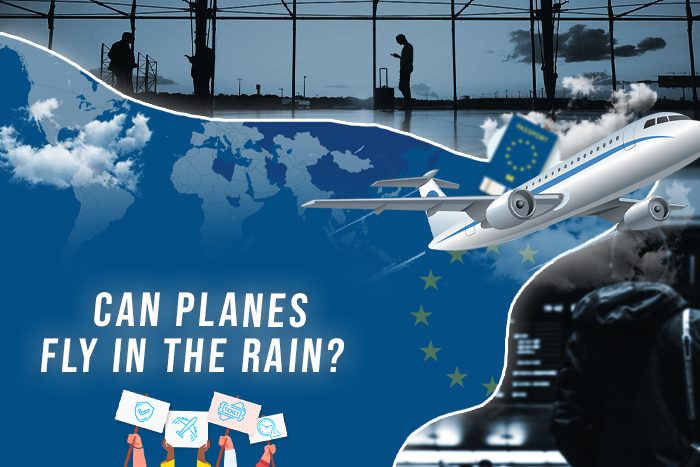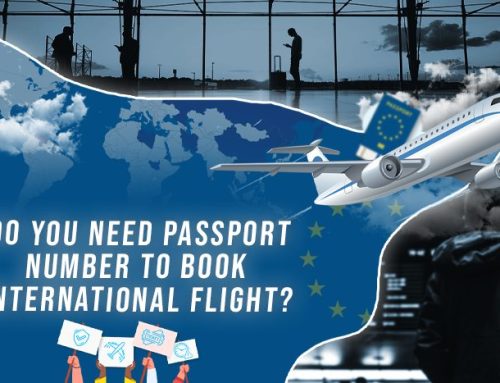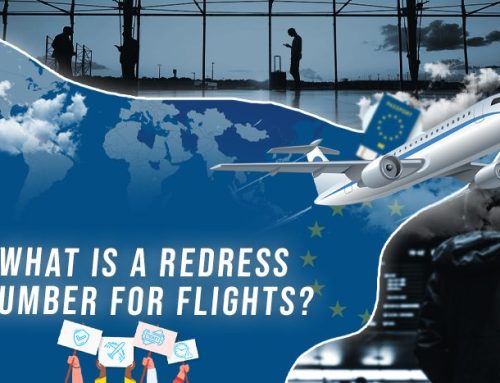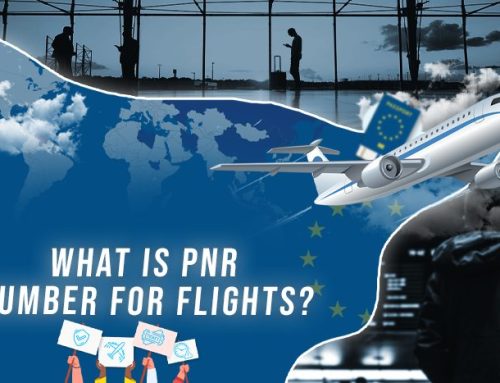If you’re on your way to the airport during a big rainstorm, you might find yourself wondering, “Can planes fly in the rain?” Even as you check your airline app and see your flight, you breathe a sigh of relief as you see it hasn’t been delayed yet. However, you can’t help the question from popping into your head – making a mental note to look it up when you’re through security. The answer is yes. Planes can fly in the rain. With modern technology, they can fly – and land! – safely in all sorts of weather conditions.
Key Takeaways
- Pilots are trained to fly in all types of weather conditions, and modern planes rely on in-flight technology to help keep them on track during the flight.
- While it is generally safe to fly in the rain, there are still risks involved, such as reduced visibility and slick runways. Pilots must assess the weather conditions and make a decision based on the safety of the flight.
- If the weather conditions are severe, such as during a thunderstorm, your flight may be delayed or re-routed to a safer location.
- Always check with your airline for updates and be prepared for potential delays or changes to your travel plans due to weather conditions.
What Impacts If A Plane Can Fly In The Rain?
That’s not to say there aren’t weather conditions that can prevent a plane from flying. After all, we’d have very few delays if that was the case! A light drizzle is unlikely to impact a plane’s ability to fly, but there are some conditions that could lead an aircraft to be grounded, mainly heavy rain and thunderstorms.
Any weather condition that impacts a pilot’s visibility is enough to delay or cancel a light. If a pilot cannot see due to heavy rain, that impacts their ability to fly. Of course, in-flight technology does much of the heavy lifting when it comes to flying a plane these days. However, landing the plane is a different story, especially during a rainstorm.
Pilots should have about 18,000 feet (550 meters) of visibility to land the plane without relying on auto-land technology. Heavy rain can impact their visibility, which can hinder their ability to land as smoothly as they’d like. Additionally, the runway can become slick, making it hard to take off and land, especially if it’s freezing rain or flooded.
If the conditions are bad enough that the pilot cannot see or it is unsafe to take off or land, rain can delay or cancel a flight.
Can Planes Fly In Thunderstorms?
If there’s a thunderstorm, your plane may need to find an alternate route, causing delays and, in some cases, cancellations. If a plane flies too close to a thunderstorm, it may encounter a condition called wind shear, which is when the wind shifts suddenly. This could be changes in the wind’s speed or direction, and it could be devastating to a flight that encounters it, even causing a loss of control.
Additionally, thunderstorms can cause microbursts of wind, which can push their aircraft down. This sudden move can be jarring, pushing the plane toward the ground or simply impacting its speed. Planes can also be hit by lightning during a thunderstorm, though this is unlikely to cause serious damage.
Regardless, pilots avoid flying near a thunderstorm as preventative measures. While heavy rain itself can cause changes in wind pressure, they are often accelerated when compounded with a thunderstorm.
Is It Safe To Fly In The Rain?
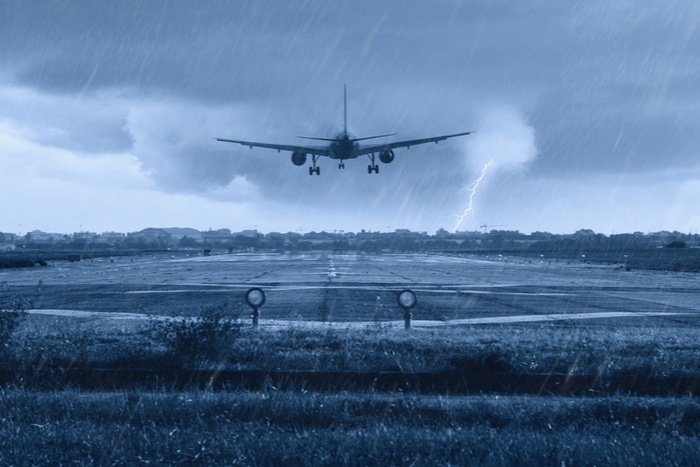
can planes fly in rain
While pilots and passengers alike would love perfect weather conditions at all times, that’s not possible. It is perfectly safe to fly in the rain. The pilots are trained to fly in all types of weather conditions, and they have in-flight technology that helps keep them on track during the flight. In fact, much of modern planes rely on these technologies to get to their destination. The pilot is there to oversee that all is working properly.
Their role comes into play for take-off and landing. As long as there’s no flooding or freezing rain on the tarmac, it is safe to fly while it is raining. If there are conditions preventing a safe journey, your flight will be delayed or re-routed to a safer location. Always check your airline app for the latest news.
Frequently Asked Questions
-
Can planes fly in the rain?
Yes, planes can fly in the rain. Modern technology and pilot training allow them to fly and land safely in all weather conditions.
-
What weather conditions can prevent a plane from flying?
Heavy rain and thunderstorms can prevent a plane from flying. Any weather condition that impacts a pilot’s visibility or makes the runway slick can hinder their ability to fly or land safely.
-
How does heavy rain impact a pilot’s ability to fly?
Heavy rain can impact a pilot’s visibility, hindering their flying ability. Additionally, the runway can become slick, making it hard to take off and land.
-
Can planes fly in thunderstorms?
Planes may need to find an alternate route or delay the flight if there is a thunderstorm. Flying too close to a thunderstorm can lead to wind shear, microbursts of wind, or lightning strikes, which can be dangerous to the flight.
-
Is it safe to fly in the rain?
It is generally safe to fly in the rain, but risks are still involved. Pilots must assess the weather conditions and decide based on the flight’s safety. If conditions prevent a safe journey, the flight may be delayed or re-routed to a safer location.
-
What should I do if my flight is delayed or cancelled due to rain?
Always check with your airline for updates and be prepared for potential delays or changes to your travel plans due to weather conditions. The airline will work to get you to your destination safely and immediately.
